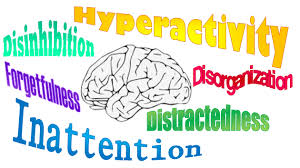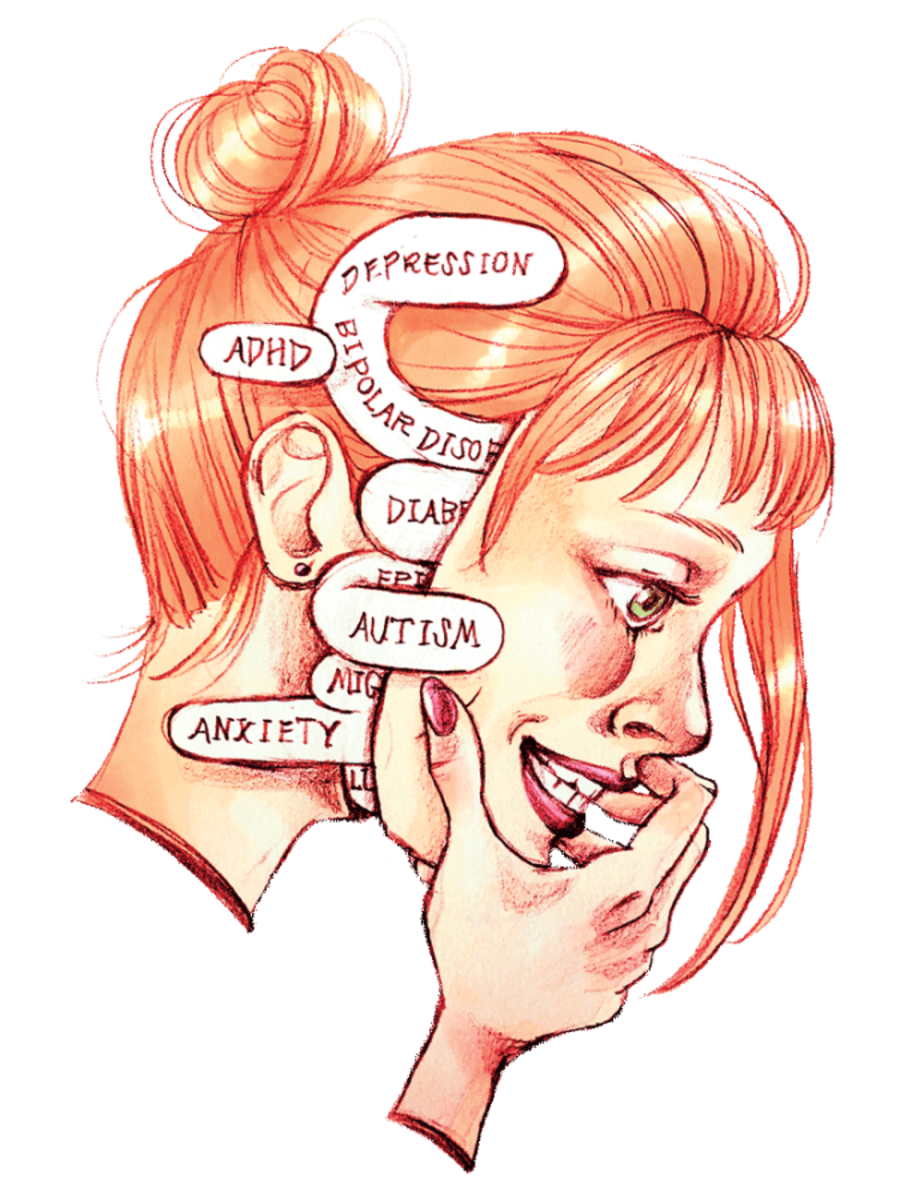Attention deficit hyperactivity disorder (ADHD)

Overview of Attention deficit hyperactivity disorder (ADHD)
Attention deficit hyperactivity disorder (ADHD) is a form of neurobehavioral disorder that affects behavioral development in a child. This condition is estimated to affect about 3 to 7 out of 100 school going children and can continue from childhood to adulthood. The symptoms associated with ADHD are lack of attention, over distraction and impulsivity. The ADHD is divided into three categories based on the behavior exhibited by the affected individual. The categories are: predominantly inattentive, predominantly hyperactive-impulsive and combined inattentive and hyperactive-impulsive. The predominantly inattentive ADHD is when the disorder is mostly characterized by lack of attention although there may exist some symptoms related to hyperactivity. The predominantly hyperactive-impulsive ADHD is when the disorder is mostly composed of symptoms related to hyperactivity. In the other cases, the child may suffer from both inattention and hyperactivity in an equal measure
Signs and Symptoms of ADHD
Almost all children suffer from inattention, hyperactivity or impulsivity at some point but for the children with ADHD these symptoms are inconsistent with their development and they may carry on with them to their adulthood. the behaviors are more severe and occur often for those suffering from this disorder.
The behavioral characteristics of children with inattention disorder include: they are easily distracted making them to often miss details, forget things or switch from doing one thing to another, they are usually unable to concentrate on doing one thing, they are likely to lose interest with an activity unless it is enjoyable to them, they are usually slow to learn new things due to lack of attention, they may seem to assume or fail to respond when spoken to, they rarely follow instructions and they are likely to become confused or perform slowly as compared to other children.
The children suffering from predominantly hyperactive and impulsive ADHD exhibit the following characteristic behaviors: they may be highly talkative, they are constantly in motion or playing with anything all the time, they are unable to concentrate with quite activities like eating and listening during story time, they are usually inpatient, they are unable to control their emotions and may lead to emotional issues very fast, have difficulties playing with other children if they are required to wait for their turn and they often interrupt the activities of others including talking.
In most cases parents and teachers are likely to misinterpret the behaviors of the children. Mostly the parents and teacher fail to realize that a child is suffering from ADHD. Children suffering from predominantly ADHD can be mistaken as being lazy or just quite. Those who are predominantly hyperactive and impulsive are usually mistaken as having disciplinary issues and lack of social values
Children with ADHD may experience many problems in life as a result of their behaviors and relationship with others. Most of those suffering from ADHD are unable to perform in school and in some cases are forced drop out of school due to disciplinary issues. Other problems that may be experienced by a person suffering from ADHD include drug abuse, risky driving and problems interacting with other people
Causes of ADHD
Currently there are no known causes of ADHD but there are several factors that are highly associated with those suffering from the disorder. The factors range from biological reasons to environmental issues. Genetic inheritance is one of the major factors associated with ADHD. It has been observed that about 76 percent of children suffering from ADHD come from a family with a member suffering from the disorder
Research is ongoing to establish which genes could be responsible for this disorder and the possible ways of prevention and treatment. Other biological factors associated with ADHD include being born prematurely, severe brain injury and abuse of drugs and alcohol during pregnancy. The environmental factors that may lead to the development of
ADHD include exposure to high levels of lead, excessive consumption of sugar and food additives
check on my other hub Can exercise be an alternative medicine for Attention Deficiency Hyperactivity Disorder (ADHD)?








